Robin Good: Must-read article on ClutterMuseum.com by Leslie M-B, exploring in depth the opportunity to have students master their selected topics by "curating" them, rather than by reading and memorizing facts about them.
"Critical and creative thinking should be prioritized over remembering content"
"That students should learn to think for themselves may seem like a no-brainer to many readers, but if you look at the textbook packages put out by publishers, you’ll find that the texts and accompanying materials (for both teachers and students) assume students are expected to read and retain content—and then be tested on it.
Instead, between middle school (if not earlier) and college graduation, students should practice—if not master—how to question, critique, research, and construct an argument like an historian."
This is indeed the critical point. Moving education from an effort to memorize things on which then to be tested, to a collaborative exercise in creating new knowledge and value by pulling and editing together individual pieces of content, resources and tools that allow the explanation/illustration of a topic from a specific viewpoint/for a specific need.
And I can't avoid to rejoice and second her next proposition: "What if we shifted the standards’ primary emphasis from content, and not to just the development of traditional skills—basic knowledge recall, document interpretation, research, and essay-writing—but to the cultivation of skills that challenge students to make unconventional connections, skills that are essential for thriving in the 21st century?"
What are these skills, you may ask. Here is a good reference where to look them up: http://www.p21.org/storage/documents/P21_Framework_Definitions.pdf (put together by the Partnership for 21st Century Skills)
Recommended. Good stuff. 9/10
Full article: www.cluttermuseum.com/make-students-curators/
(Image credit: Behance.net)
Via
Robin Good



 Your new post is loading...
Your new post is loading...






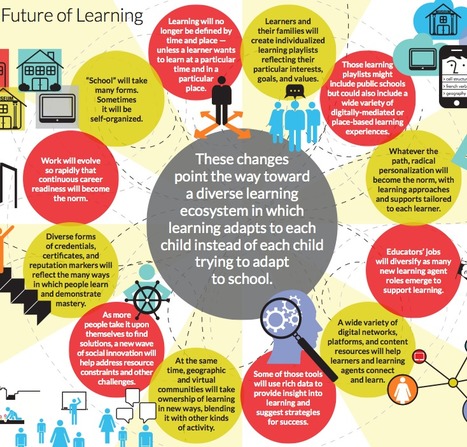









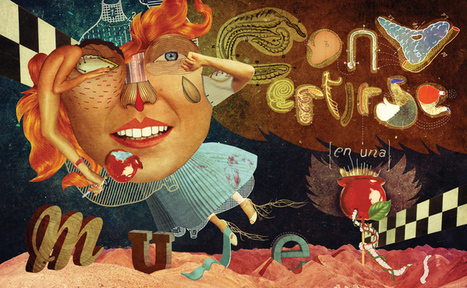

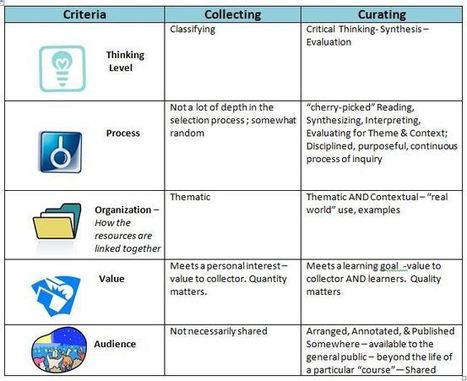



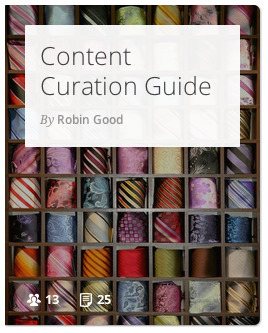



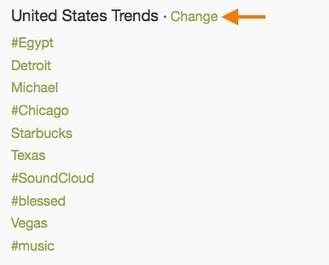
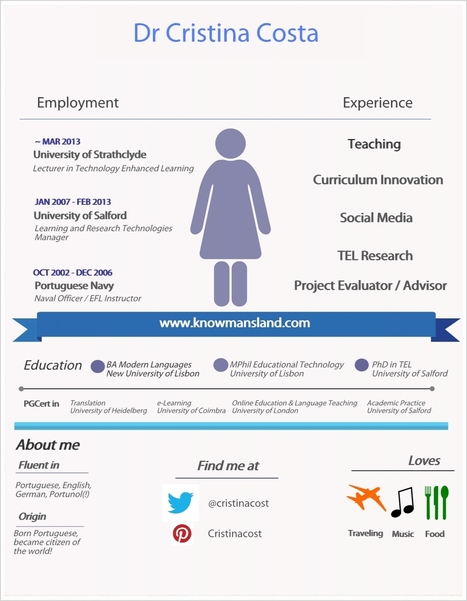
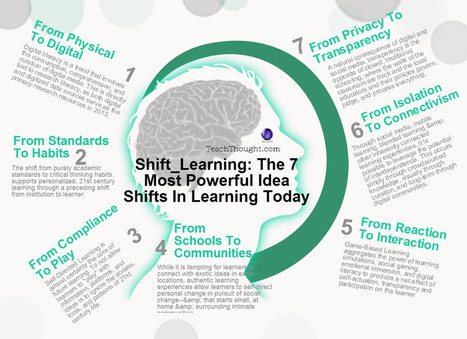



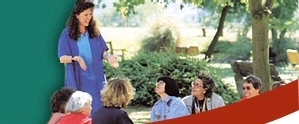



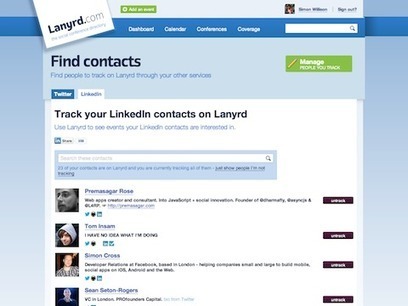





These are necessary skill for all teachers to help make our students "college and career" ready.
Le competenze del docente che usa strumenti "Social"
1) Aiutare gli studenti a utilizzare gli strumeti di betworking per trovare informazioni e comunicare in rete con esperti, pari, docenti
2) Conoscere le principali categorier del Web 2.0 e gli strmenti utili per la didattica. COnoscere gli sturmenti a disposizione e utilizzabili nella propria scuola
3) Utilizzare strumenti di rete per comunicare con i colleghi, studenti e genitori
4) Navigare, valutare e creare contenuti su siti social (prezi, slideshaer,..)
5) Utilizzare gli strumenti sociali per creare, mantenere e imparare in una personale rete di apprendmento
6) COnoscere le regle di netiquette e gli standard di comportamento eticon in rete
7) Conoscere e insegnare le regole sul copyright e le questioni di pricacy in rete
8) COmprendere e insegnare l'impolrtanza della gestione dell'identità e della reputazione in rete
9) Scegliere e seguire un personale piano di autoformazione per rimanere infomrato su nuovi strumenti e applicazioni
10) Partecipare nella definizione a livello di Scuola delle regole di utilizzo degli strumenti social
For development of our teachers.